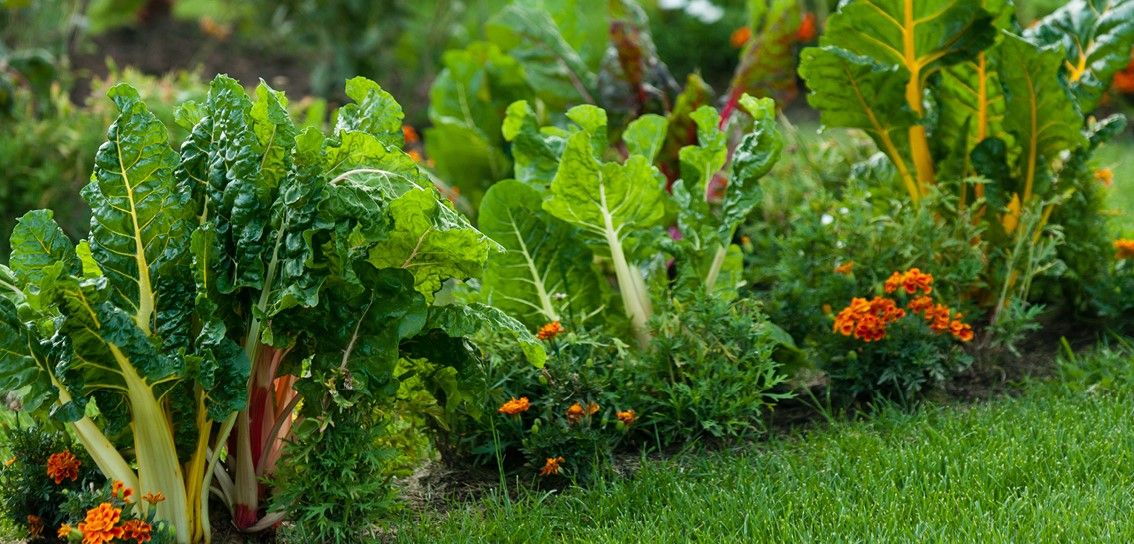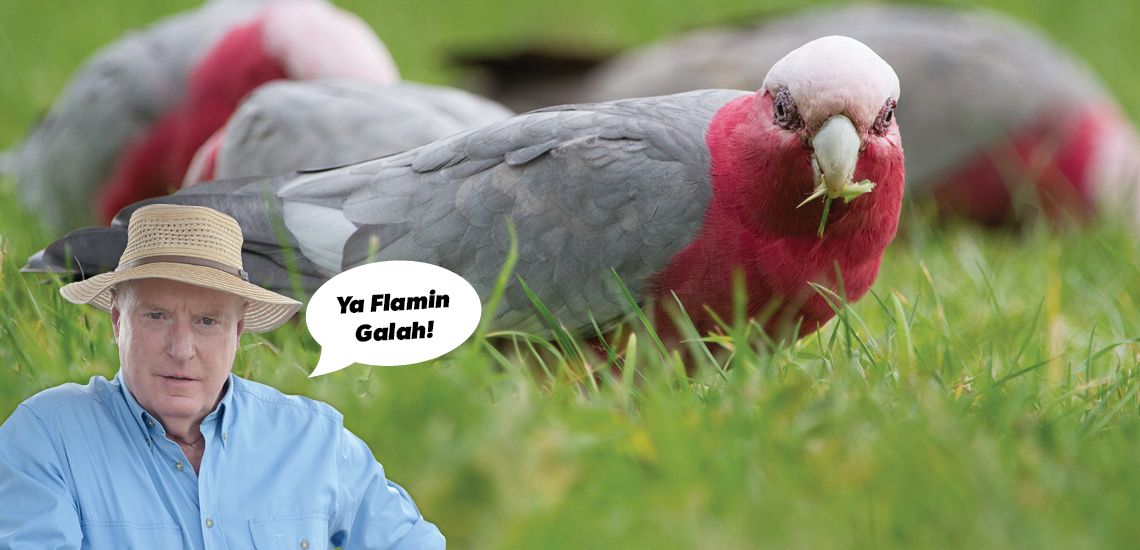
Which veggies will you nurture this spring?
Butter on barbecued corn … from the veggie patch in your lawn. Mmmmm.
What? You don’t have a veggie garden? Well, get out your string line!
Prepare your patch
Decide on the size of your veggie plot and fix a string line at both ends in your lawn with nails and wooden pegs. If your patch is to be modest, you can use a large timber square to achieve the same result.
Use some marking paint to mark a line on the grass against the string line or square as a guide for digging. If you’re going large and using a metal builders square, you may need to use a timber straightedge to extend its length.
For a circular veggie patch, hammer a wooden peg into the centre of your proposed circle and drive a nail into the top of the peg, with a piece of string attached. Mark the circumference of the circle with paint while holding the string against the spray can.
Dig out the turf. Shake the soil from the turf as you do so. You can use the discarded turf for compost or to repair patches in your lawn.
Now’s the time to think about a border, as you’ll need to stop your lawn invading your veggie patch, particularly for kikuyu and couch. Construct one with timber or railway sleepers or a cheap option is a Victorian trench, as this only costs you your time and energy. The aim with a trench is to make a wedge shape between the lawn and veggie bed. To construct one, dig straight down into the soil about 10cm at the lawn’s edge right around your veggie bed. Then dig out the dirt at a 45 degree angle from the veggie side toward the lawn to create the wedge shape.
Let’s grow!
Once you’ve prepared your veggie bed with soil from your local nursery, it’s time to plant. But of course you need to grow what’s suitable for your climate.
What you can plant:
- For warmer locales you could try zucchini, eggplant, corn, pumpkin or rocket.
- Cooler climates perhaps peas, spinach or turnip.
- More temperate regions you may consider broccoli, eggplant, silverbeet or carrots.
Consult your nursery as to what’s best in your area and remember that if you’re still suffering frosts or your soil temperature is still too cold, hold off for a little longer.
Mmmmm, corn
We can’t cover all your favourite vegetables here, but because we love grass, we’ve chosen a grass vegetable.
As with lawn, corn likes a loamy soil, which comprises sand, silt, organic matter and clay. Guess what pH corn likes? Same as grass, of course: 6 to 7. Consult your seed variety packet for how far apart to plant, but remember to plant in blocks, rather than rows, as wind pollinates the corn. And just like your lawn, corn thrives on chicken manure, so ensure to mix some into your soil before planting.
Similar to lawn, less frequent, deep watering is best. Water your corn once a week as opposed to a light watering several times. In a little over two months your corn will be ready to harvest. Sweet!
Count on clippings
Apart from the gastronomical benefits of a veggie garden, it provides a great place to recycle your lawn clippings, either as mulch or as compost. Grass clippings have a high nitrogen content and decompose quickly. When they’re combined with brown organic material (such as the leaves you raked up in your spring clean) to decompose, they provide a compost that’s fit for your veggies.
When used as mulch, grass clippings help to keep your garden moist, keep weeds out and add nutrients to the soil. The clippings also help to provide nitrogen and potassium. Both compost and mulch improve your soil structure, but remember not to use clippings if you’ve recently applied herbicides or other chemicals such as fertilisers on your lawn.

Active Turf Supplies
684 & 736 Kurmond Road
Freemans Reach NSW 2756

Popular Articles

Galahs! Kikuyu Starches

Why should you choose Active Turf?

Revolutionizing Lawns in 2026: Stampede Hybrid Buffalo is Here!




